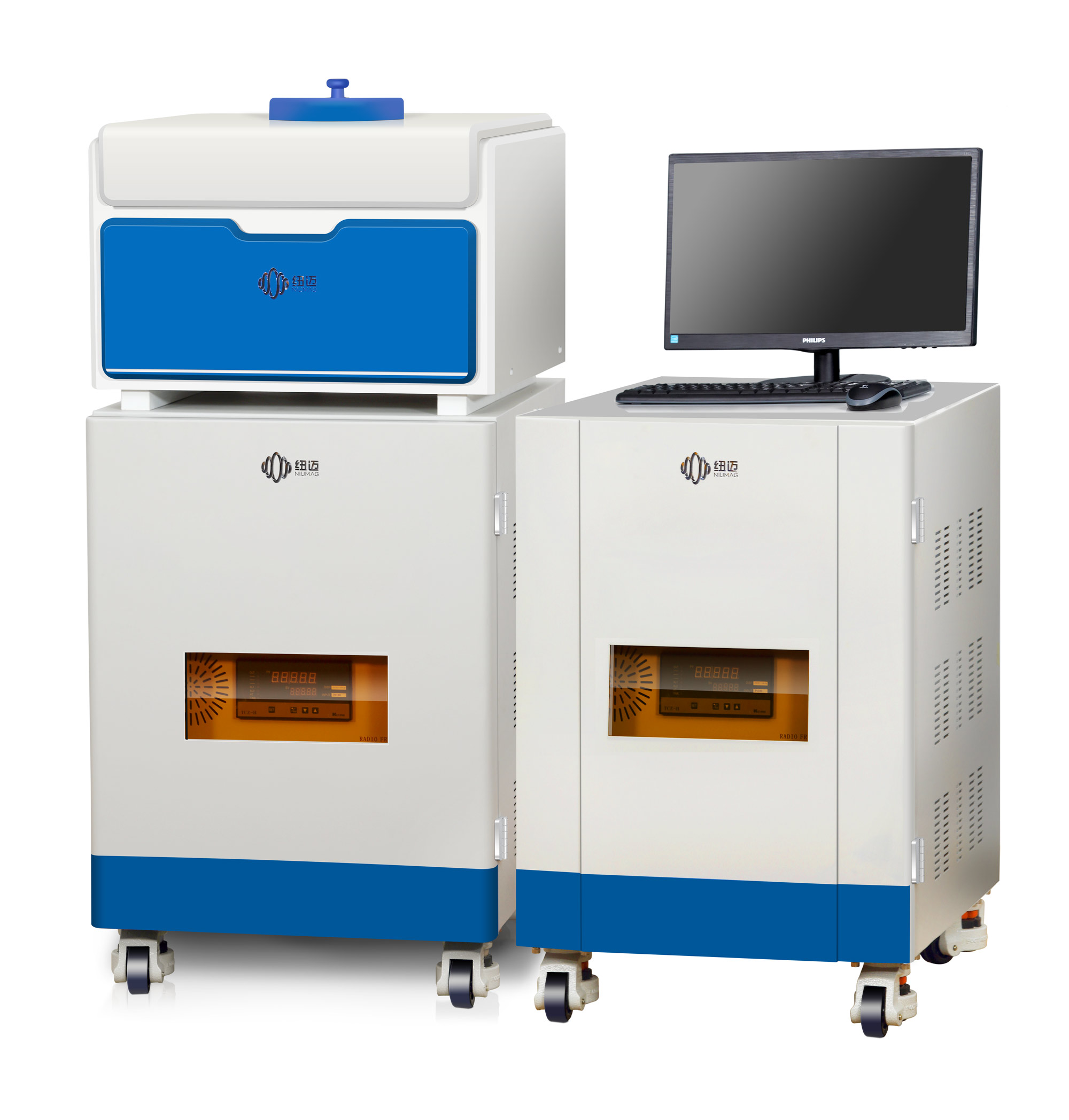Crosslinking Density Analysis by NMR
Crosslinking Density Background
Crosslinking density refers to the concentration of crosslinks within a polymer or polymer network. Crosslinks are chemical bonds that connect polymer chains, creating a three-dimensional network structure. The density of these crosslinks influences various properties of the polymer, such as mechanical strength, thermal stability, and chemical resistance.
Crosslinking density is typically quantified by determining the number of crosslinks per unit volume or per unit weight of the polymer. A higher crosslinking density indicates a greater number of crosslinks, resulting in a more tightly connected network. Conversely, a lower crosslinking density indicates a lesser concentration of crosslinks, leading to a more loosely connected network.
Crosslinking Density Measurement Methods
There are several methods to determine crosslinking density, including experimental techniques and theoretical calculations. Here are a few commonly used approaches:
- Swelling Method: In this method, the polymer sample is immersed in a suitable solvent, and the degree of swelling is measured. The extent of swelling depends on the crosslinking density since tightly crosslinked networks hinder solvent penetration. By comparing the swollen volume or weight of the polymer to its unswollen state, the crosslinking density can be estimated.
- Equilibrium Swelling Theory: This theoretical approach involves analyzing the equilibrium swelling behavior of the polymer using mathematical models. The swelling data is fitted to these models, and the crosslinking density can be obtained as a fitting parameter.
- Rubber Elasticity Theory: Rubber elasticity theory, such as the Flory-Rehner equation, relates the elastic properties of a crosslinked polymer to its crosslinking density. By measuring the mechanical properties, such as the rubber modulus or stress-strain behavior, the crosslinking density can be calculated using these theoretical models.
- Crosslinking Density Determination by NMR: As mentioned earlier, NMR spectroscopy can provide valuable information about the crosslinking density. By employing techniques like spin diffusion NMR or relaxometry NMR, the average distance between crosslinks or the concentration of crosslinking sites can be measured, allowing for the determination of the crosslinking density.
The choice of method depends on the nature of the polymer system, the available instrumentation, and the desired accuracy and precision. Researchers and scientists often employ a combination of experimental and theoretical approaches to obtain a comprehensive understanding of the crosslinking density in polymers.
Crosslinking Density Analysis by NMR
Crosslinking density analysis by NMR (Nuclear Magnetic Resonance) is a technique used to determine the extent of crosslinking within a polymer or polymer network. NMR spectroscopy provides valuable information about the structure and dynamics of molecules based on their interactions with a magnetic field.
NIUMAG VTMR20-010V-I integrates various relaxation time testing and magnetic resonance imaging technology, combined with the variable temperature module, it can provide a wide range of solutions, which can carry out non-destructive rapid analysis of samples such as solutions, gels, solids, particles.
NIUMAG VTMR20-010V-I In situ variable temperature NMR Analyzer
 NIUMAG
NIUMAG

